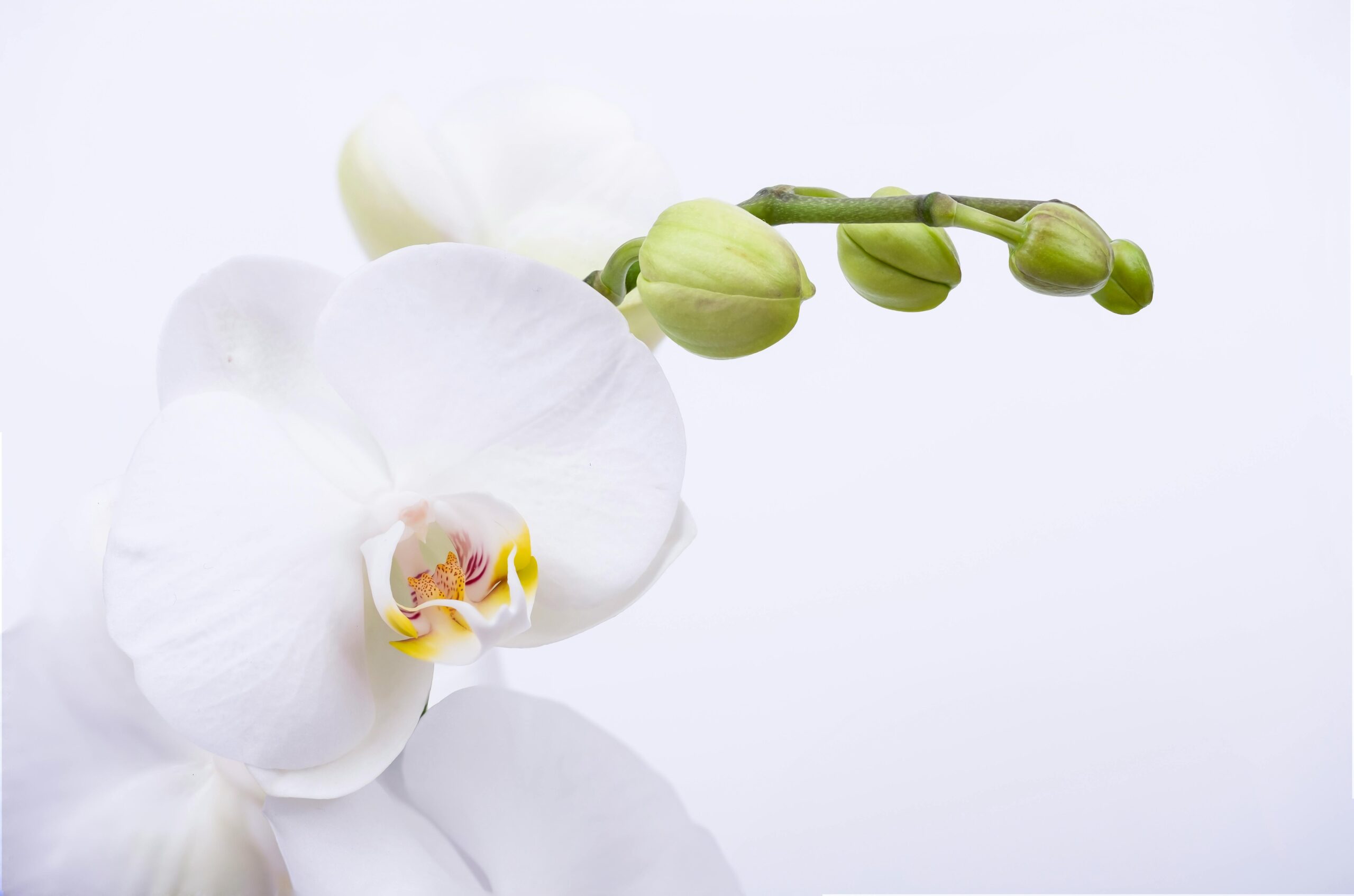In a world wired for comfort, it’s never been easier to avoid pain. We scroll when we’re bored, snack when we’re stressed, and binge when we’re overwhelmed. With instant gratification just a tap away, we rarely have to sit with any form of discomfort.
But something strange happens in this environment of constant pleasure: joy becomes harder to access. The highs become muted. The lows creep in more often. Attention fades. Restlessness grows. And the more we chase comfort, the more drained we feel.
There’s a reason for this. The brain is designed to keep pleasure and pain in balance—like a seesaw. Every time we indulge in a moment of pleasure, the brain pushes back slightly with discomfort in order to stabilize. When we flood our systems with dopamine—through food, social media, streaming, or even productivity—the balance tilts. And if it tilts too far, the brain recalibrates by making it harder to feel good at all.
This is where discomfort becomes a powerful tool.
Not the chaotic, overwhelming kind—but intentional, manageable discomfort. This kind of stress, known as hormetic stress, actually strengthens us. It gently nudges the brain and body into a healthier state of equilibrium. Over time, it restores our sensitivity to joy, focus, and peace.
What Intentional Discomfort Looks Like
It doesn’t require extreme challenges. Just small, consistent habits that involve leaning into discomfort—on purpose:
- Cold exposure (like cold showers or plunges): Initially jarring, but often followed by a calm, energized state.
- Intense physical activity: Hard in the moment, but leaves the mind clearer and more grounded.
- Intermittent fasting: Teaches us to sit with hunger, reducing the urge to constantly soothe with food.
- Digital breaks: Even short time away from screens helps reset attention and reduce compulsive behavior.
- Silence and solitude: Can feel unnerving at first, but creates space for reflection, clarity, and mental calm.
None of these practices offer instant gratification. In fact, that’s the point. They help reverse the pattern of constant stimulation and allow the brain to reset. Over time, this leads to something far more sustainable than a quick hit: a renewed capacity for joy.
The Power of Choosing Pain—Just a Little
This isn’t about rejecting pleasure. It’s about regaining the ability to truly enjoy it. When we constantly chase stimulation, we become desensitized. But when we introduce just a bit of discomfort into our routines, the balance shifts. The small pleasures—a good meal, a deep breath, sunlight—start to feel meaningful again.
Discomfort, when chosen wisely, becomes a doorway. Not to suffering—but to something more alive, more awake, and more human.
In a culture that tells us to avoid pain at all costs, choosing discomfort is a quiet act of rebellion—and maybe the key to feeling good again.
